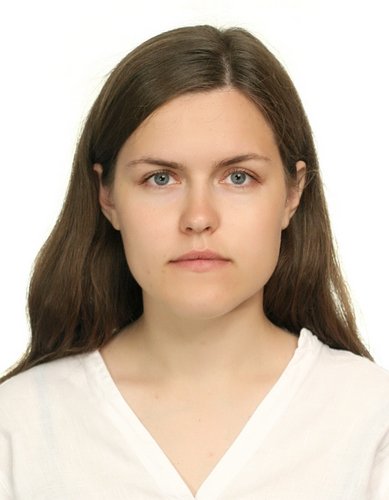Topic 71 Molecular formulas
Use Yandex Translate to translate this chemicals’ names to Russian:
Water H₂O______________________________________
Sodium chloride NaCl_______________________________
Sucrose C12H22O11________________________________
Ethanol CH₃CH₂OH/ C2H5OH________________________
Acetic acid CH3COOH______________________________
Sodium bicarbonate NaHCO3_________________________
Carbon dioxide CO2________________________________
Ammonia NH3___________________________________
Read the text
Molecular Formula for Common Chemicals

By Anne Marie Helmenstine, Ph.D.
Updated January 03, 2020
A molecular formula is an expression of the number and type of atoms that are present in a single molecule of a substance. It represents the actual formula of a molecule. Subscripts after element symbols represent the number of atoms. If there is no subscript, it means one atom is present in the compound.
Water
Water is the most abundant molecule on the Earth's surface and one of the most important molecules to study in chemistry. Each molecule of water, H2O or HOH, consists of two atoms of hydrogen-bonded to one atom of oxygen. The name water typically refers to the liquid state of the compound, while the solid phase is known as ice and the gas phase is called steam.
Salt
The term "salt" can refer to any of a number of ionic compounds, but it is most commonly used in reference to table salt, which is sodium chloride. The chemical or molecular formula for sodium chloride is NaCl. The individual units of the compound stack to form a cubic crystal structure.
Sugar
There are several different types of sugar, but, generally, when you ask for the molecular formula of sugar, you are referring to table sugar or sucrose. The molecular formula for sucrose is C12H22O11. Each sugar molecule contains 12 carbon atoms, 22 hydrogen atoms, and 11 oxygen atoms.
Alcohol
There are several different types of alcohol, but the one that you can drink is ethanol or ethyl alcohol. The molecular formula for ethanol is CH3CH2OH or C2H5OH. Ethanol is the type of alcohol found in alcoholic beverages and is commonly used for lab work and chemical manufacture. It is also known as EtOH, ethyl alcohol, grain alcohol, and pure alcohol.
Vinegar
Vinegar primarily consists of 5 percent acetic acid and 95 percent water. So, there are actually two main chemical formulas involved. The molecular formula for water is H2O. The chemical formula for acetic acid is CH3COOH.
Baking Soda
Baking soda is pure sodium bicarbonate. The molecular formula for sodium bicarbonate is NaHCO3. An interesting reaction is created, by the way, when you mix baking soda and vinegar. The two chemicals combine to generate carbon dioxide gas, which you can use for experiments such as chemical volcanoes and other chemistry projects.
Carbon Dioxide
Carbon dioxide is a gas that is found in the atmosphere. In solid form, it is called dry ice. The chemical formula for carbon dioxide is CO2. Carbon dioxide is present in the air you breathe. Plants "breathe" it in order to make glucose during photosynthesis. You exhale carbon dioxide gas as a by-product of respiration. You find it added to soda, naturally occurring in beer, and in its solid form as dry ice.
Ammonia
Ammonia is a gas at ordinary temperatures and pressure. The molecular formula for ammonia is NH3. Never mix ammonia and bleach because toxic vapors will be produced. Chloramine is a group of related compounds that are all respiratory irritants.
Fill in the gaps using words from the text:
A ________ formula is an expression of the ______ and type of _____ that are present in a single ______ of a substance.
Each molecule of water, H2O or HOH, consists of two atoms of _______ bonded to one atom of ________.
_______ primarily consists of 5 percent_______ and 95 _____ water.
You exhale ______ dioxide gas as a by-product of _________.
The molecular _______ for ammonia is______.
Fill in the gaps with words in bold to match Russian equivalents:
___________________ сухой лед
___________________ зерновой/хлебный спирт
___________________ уксусная кислота
___________________ нижний индекс
___________________ токсичные пары
Sources:
- Names and Formulas of Some Common Molecular Compounds and Ions Flashcards
- Molecular Formulas for Common Chemicals


















